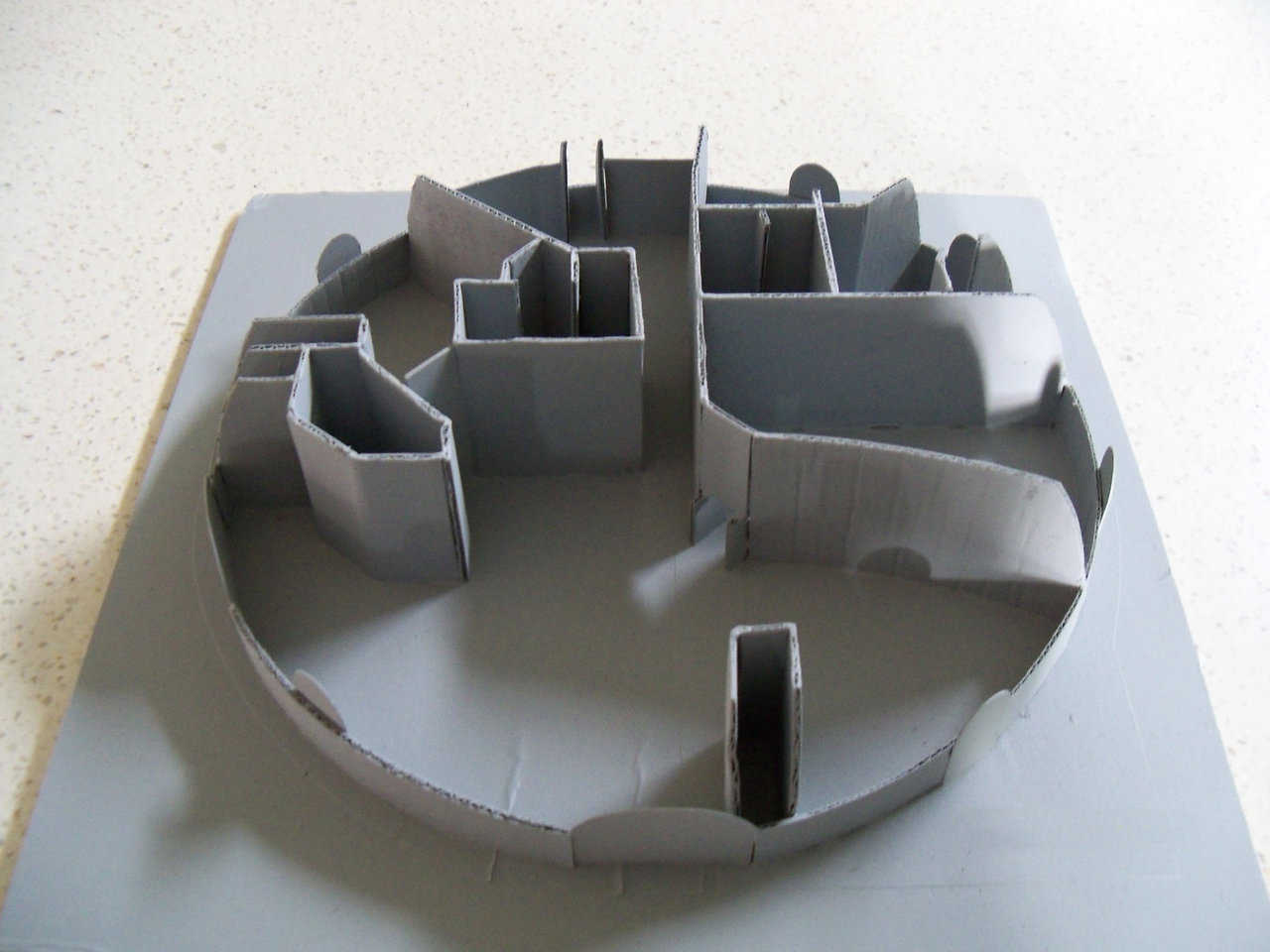Note: Chris Ecker is the owner and designer of a Monolithic Dome home in Galax, Virginia.
An Article
There are numerous ways you could go about designing your dream dome, whatever the intended use will be. The best go-by is found in Monolithic’s web article: How To Get A Monolithic Dome Home, that includes Step I through Step XVI. In this article, you’ll find the methods and suggestions that worked for us in Step IV-Plan your Home and Step V-Design your Home.
The Workshop
Attend a Monolithic Dome Workshop in Italy, Texas. This is paramount if you are serious about building a dome. Due to scheduling and availability, this might not be your first step, but plan and attend a Workshop as soon as practical. The benefits and payoffs are innumerable. The amount of experience that the MDI staff will share with you is vast and comprehensive, and face time with staff to ask your personal questions simply cannot be replaced.
I don’t know about you, but I’m a hands-on learner. For folks like me, Monolithic’s classroom training balanced with training in the field contributed immensely to my understanding dome construction and the related processes and concerns. At the Workshop you might also find current dome owners among the students who will share their experiences. And you will no doubt make contacts that prove even more valuable as you begin your dome building process.
Beyond all of this, Monolithic has been professionally available for us long after Workshop graduation.
The Tour
With your dreams materializing and preliminary studies percolating, visit at least one Monolithic Dome. October is the best time for visiting because so many owners and residents open their Monolithic Dome homes during Monolithic’s Annual Tour.
Your visit to a completed, occupied dome will prove valuable since most dome owners have invested a lot of their time and energy into planning and building. Often dome owners allow you to take photos (ask first!), and most are happy to share their lessons and triumphs.
Although there is no sponsorship that I’ve heard of for perspective dome builders, if you ask a current dome owner, s/he would likely keep up some correspondence with you during your journey.
After your dome tour, be sure to jot down what spaces and features caught your attention as you walked room to room. List the ideas that you want to incorporate in your dome. Be sure to list definite no-no’s too.
Books
A definite gem of advice is to purchase one (or several) of Monolithic’s books; For starters, I highly recommend" Dome Living.":/stories/dome-living-volume-i-and-volume-ii This book by David South is incredibly comprehensive and includes more than 100 floor plans.
You may consider reviewing standard construction floor plans, but my wife and I had trouble incorporating standard ideas into a dome. Besides, a little time invested in a Monolithic publication, or on their website will convince you that Monolithic has done most of the hard work for you.
Now, here’s when a bit of the “old fashioned” comes into play. Instead of teaching ourselves CAD or other computer design programs, my wife and I reviewed and reviewed and reviewed the ready made floor plans in Dome Living. We used a high-liter to identify certain room layouts and ideas that we preferred. Remember that a drawing can be flipped horizontally, vertically or radially to use the mirror image of a room!
Brainstorming
Using the above information, dome visits and Workshop experience for context, you and your spouse or corporate team should sit down and brainstorm your “must-haves” and “must excludes.” Mull over those previously identified rooms and spaces you favored and how they will best flow into one another.
And here’s another “old fashioned” tip for your layout: Trace your selected high-lited room segments and ideas onto paper personalizing your preferences and goals. You may want to construct more than one drawing if you have several kitchen layouts (for example) to consider.
At this point, it’s also a good idea to draft a Word Picture of your room selections and your overall dome. You’ll need the Word Picture to purchase your dome drawings.
Break Time
Now the best advice I can give you is to stop and put the drawings and notes away for a full week. Yep. Relax your gray matter for a short spell.
After a week, re-visit your final sketches and notes. If you get through all of your information and have some items to reconsider and re-sketch, don’t fret. Our preferences took us through three complete floor plans that were well altered to finally arrive at our dream dome. And it was well worth our time and effort.
Along with a plot or site map of your property, your sketched layout and Word Picture will have you ready to request your Feasibility Study. Your sketches can be used to work with a designer, architect or directly with Monolithic to begin your set of usable blueprint drawings.
